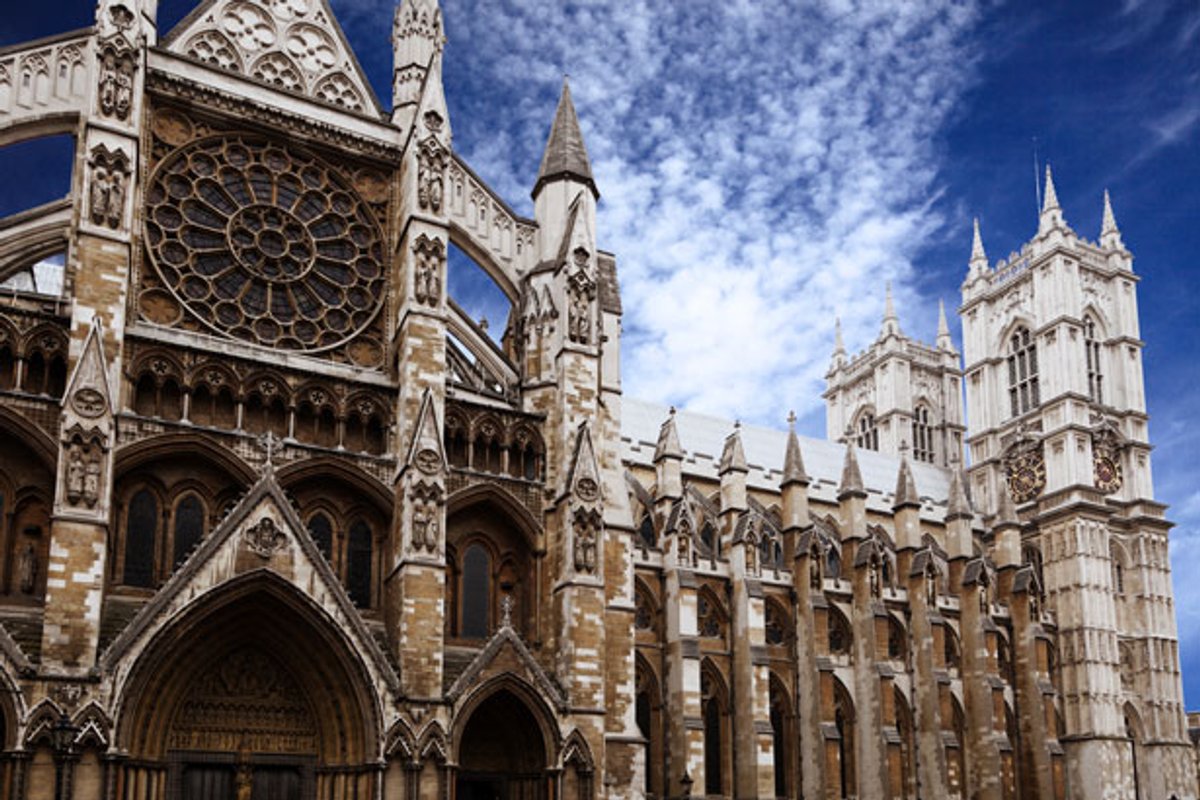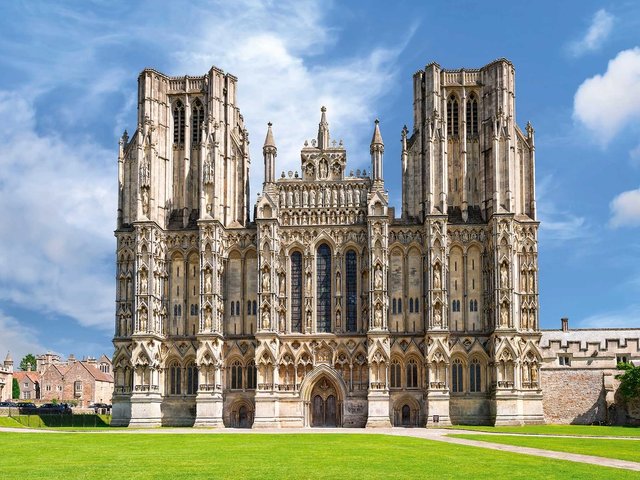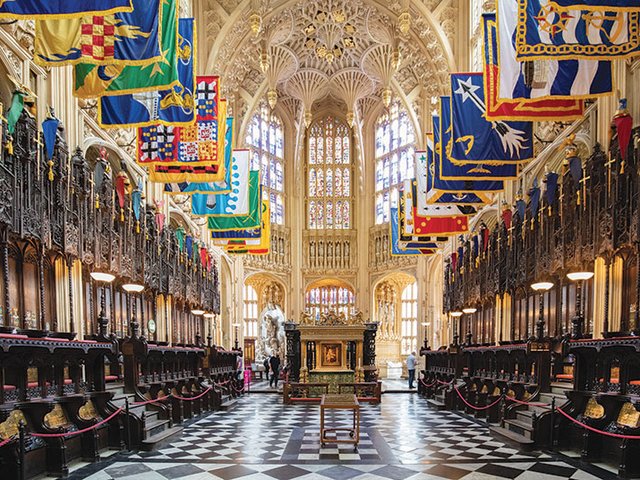A research trip for my book (on British art, out next year) took me to Westminster Abbey. £27 for an adult ticket! £32 if you visit the museum. The Abbey points out, not unreasonably, that it receives no funding from the Church of England or government. Considering the number of major state events held there—the Queen’s funeral, the imminent coronation—you wonder whether it is fair to place such a financial burden on the Abbey’s visitors.
France had a Revolution, Britain a Reformation
But if ever a ticket price reflected British history, it is the Abbey’s. In Paris, you pay for the Louvre, but Notre-Dame is free (at least it was, before the fire). In London, we insist the British Museum is free, but don’t mind paying to enter Westminster Abbey. France had a Revolution, Britain had a Reformation.
And yet, Westminster Abbey has never really had much to do with God. When Henry III began his great reconstruction of the Abbey in 1245 he was less interested in the spiritual health of the nation than in the projection of his own royal power. Twenty-five years earlier, when just a boy, he watched the body of St Thomas Becket—killed at the behest of his grandfather, Henry II—being moved with great ceremony to a new jewel-encrusted shrine in Canterbury Cathedral. Becket’s cult drew pilgrims from across Europe, and the Church profited greatly. It even sold “Thomas Water”, holy water supposedly mixed with Becket’s blood and promoted as a cure-all, better than anything a doctor could do (which in those days was probably true).
But no king, even a young one, could easily tolerate the veneration of a saint who stood for resistance to royal authority. As the cult of Becket grew, Henry decided to act. Conveniently, England’s only royal saint, Edward the Confessor, was buried at Westminster Abbey, in a pre-Conquest building he had begun himself. Henry had it demolished and rebuilt at the cost of at least £40,000, a sum greater than his entire income in some years.
Cult of the Confessor
Henry also acquired new relics for Westminster, including a sample of Christ’s own blood. Doubts were immediately raised about its authenticity, but when it performed its one recorded miracle the king ordered bells in the city to be rung. In 1269 Edward’s body was placed in a new shrine behind the high altar, but the cult of the Confessor never took off.
The Abbey we see today is largely Henry’s creation. He was so exacting in his creative demands—specifying everything from its architecture to interior details such as altar cloths—that he can largely be credited with its production. These days, he would probably even qualify as an artist, leader of a royal ‘collective’. The Abbey’s French design—much narrower and taller than English cathedrals—reflects Henry’s desire to compete with the latest French buildings. A poem attributed to Henry records his reaction to seeing Sainte-Chapelle in Paris, built by his brother-in-law, Louis IX: “By the five wounds of God this same Paris is great/There’s a chapel I covet and must alienate.”
It feels like one of those churches God rarely visits
Little remains of Henry’s original interior scheme. The Reformation swept away all the shrines, hangings, sculptures and paintings he diligently oversaw. Over time, the British came to worship different icons, themselves. The Abbey is now so much like a national pantheon, with more than 3,000 memorials to the great and good of British history, that it feels like one of those churches God rarely visits. Perhaps He too disapproves of the price.






